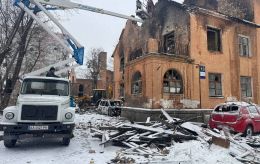UNESCO-listed wooden churches in the Carpathians you need to see at least once in your life
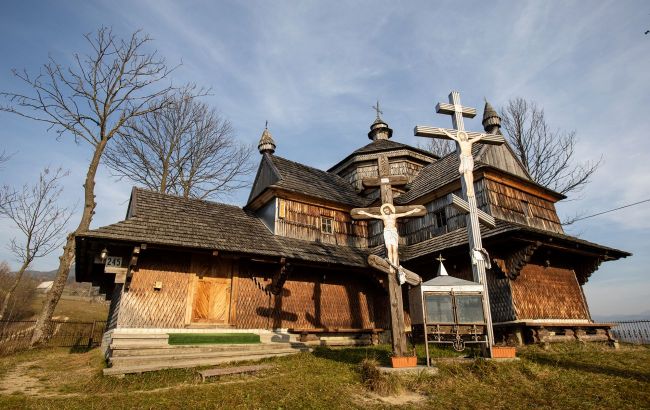 Where the unique wooden churches of the Carpathians are located (photo: Getty Images)
Where the unique wooden churches of the Carpathians are located (photo: Getty Images)
The Carpathian region is not only about mighty mountains and stunning nature, but also wooden churches that have survived since the 15th and 16th centuries, living witnesses to history. Their uniqueness lies not only in the timber architecture but also in the way they combine rituals, folk traditions, and the craftsmanship of local builders. Here is the story of the oldest wooden churches of the Carpathians, their history and present condition, and how they were added to the UNESCO World Heritage list.
Deep in the Carpathian mountains, among spruces and mists, stand wooden temples dating back to the 15th century.
Built without a single nail, they survived wars, fires, and changing eras, yet still preserve the spirit of prayer and the skill of ancient craftsmen.
Church built in 1428
In the village of Serednie Vodyane in Zakarpattia, there is still an active church whose lower logs date back to 1428. It is one of the oldest wooden churches in Ukraine. Locals say its walls still carry the scent of old oak that has withstood many generations.
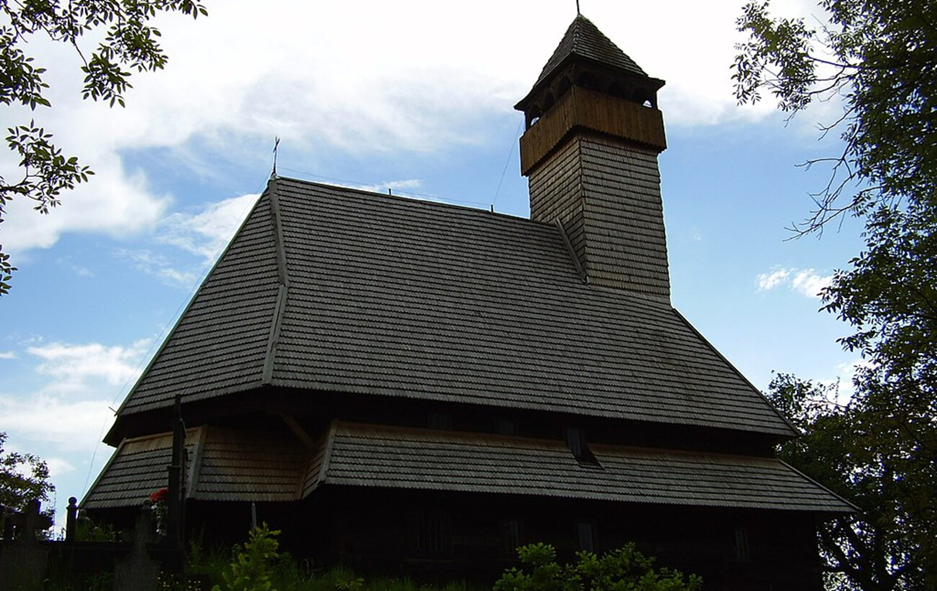 Church of St. Nicholas in Vodyane (photo: Wikipedia)
Church of St. Nicholas in Vodyane (photo: Wikipedia)
Church in Potelych, a witness of the 16th century
Another unique temple is the Church of the Descent of the Holy Spirit (1502). According to legend, it was built by craftsmen who passed their knowledge from person to person, each leaving an invisible mark in the wood.
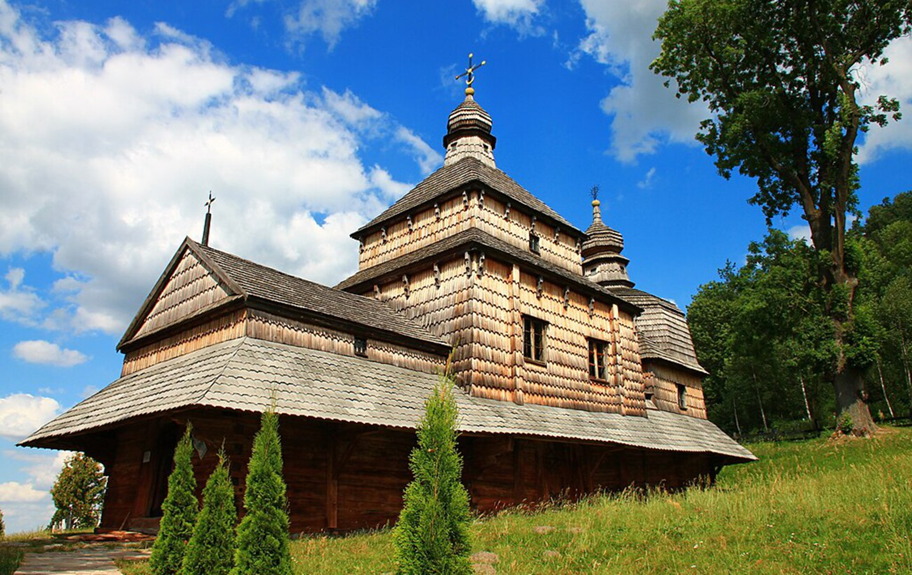 Church of the Holy Spirit, Potelych (photo: Wikipedia)
Church of the Holy Spirit, Potelych (photo: Wikipedia)
Drohobych and its St. George's Church
The Church of St. George, built in the late 15th or early 16th century, is famous for its murals that cover nearly the entire interior. This temple is often referred to as a wooden cathedral due to its impressive scale and beauty, which rival those of stone churches of the same era.
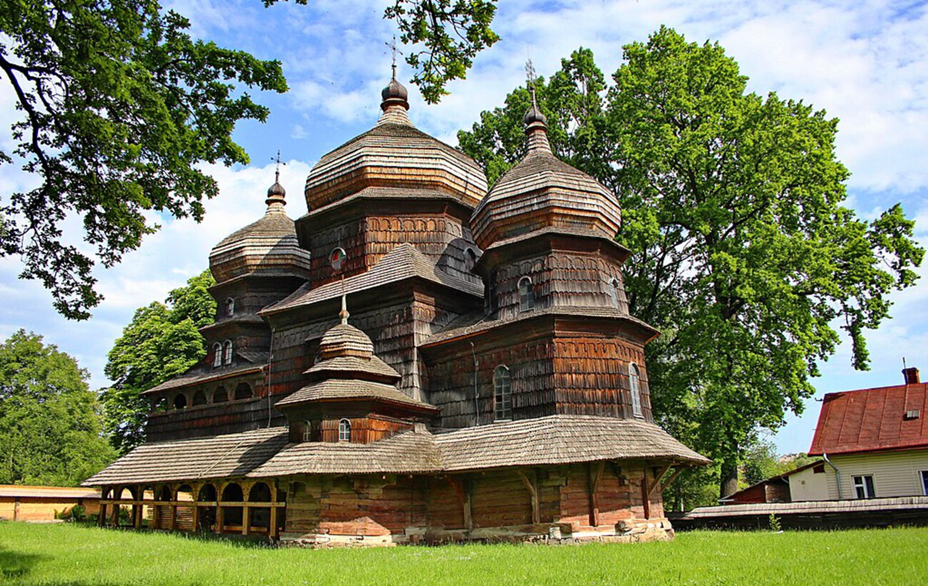 Church of St. George (photo: Wikipedia)
Church of St. George (photo: Wikipedia)
Why are they unique?
The wooden churches of the Carpathians are not just architectural landmarks. They are symbols of spirituality and cultural heritage, uniting folk traditions, religious rituals, and distinctive building techniques. At the same time, many of them need restoration of roofs, walls, and interior murals alike.
Today, both local restoration projects and digital initiatives are underway, including the creation of virtual tours to make these unique temples more accessible to the world.
That is why they were included in the UNESCO list as one-of-a-kind monuments that exist nowhere else in the world.
Earlier, we wrote about the villages that are best to visit for relaxation in the Carpathians.
Sources: Atlas of Wonders, Zaktour, UNESCO, Wikipedia.
